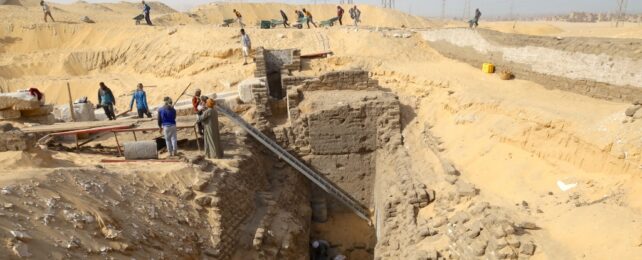Archaeologists have discovered a mysterious new king of ancient Egypt, buried in a network of tombs at Anubis Mountain.
"Discovering king's tombs, new pharaohs, are few and far between," Josef Wegner, a leader of the team that uncovered the new tomb, told Business Insider.
Researchers don't know this pharaoh's identity because they think ancient grave robbers damaged the marking of his name on the tomb wall.
Still, he could help illuminate a forgotten era of Egyptian history from about 1640 BCE to 1540 BCE, when warrior pharaohs battled each other for territory.
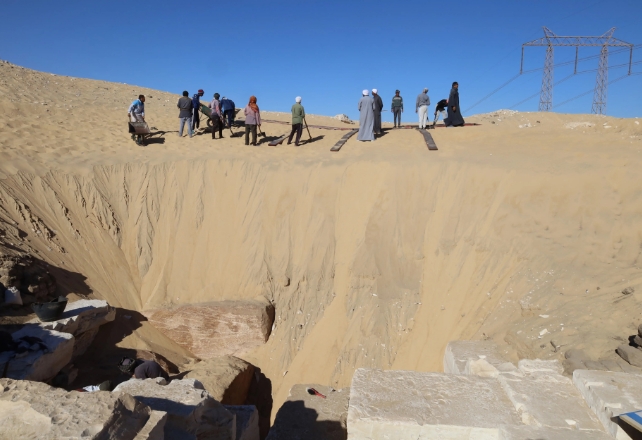
"It's a really fascinating period of turmoil, conflict," said Wegner, who teaches Egyptian archaeology at the University of Pennsylvania and curates the Penn Museum's Egyptian section.
"It gives birth to the new kingdom, the famous golden age of many of the well-known pharaohs like King Tut and the Ramses kings," he added.
Take a peek inside this unknown pharaoh's tomb.
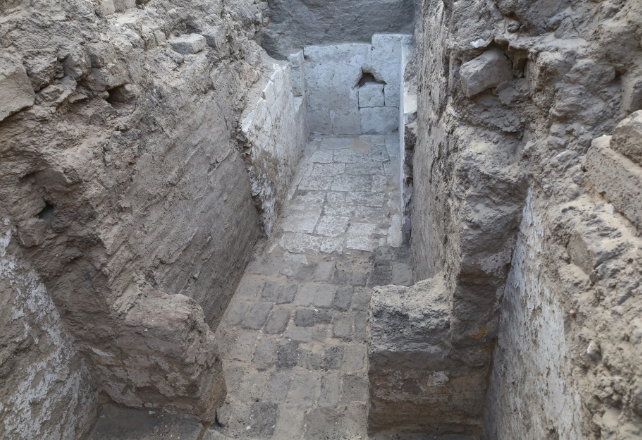
Wegner's team excavated the 3,600-year-old tomb beneath 23 feet of sand at the necropolis of Anubis Mountain.
It's part of Abydos, one of the oldest cities of ancient Egypt and once home to the little-known Abydos Dynasty, which archaeologists believe was one of several warring kingdoms across Egypt during the region's Second Intermediate Period.
"It's a mystery dynasty," Wegner said of the Abydos kings.
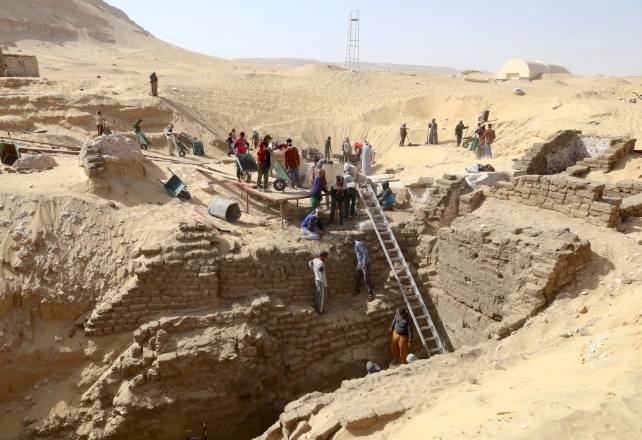
Today, the ancient city is home to a sprawling archaeological site, where the Abydos kings turned the necropolis into a royal cemetery.
Wegner's team had previously discovered a tomb in the area in 2014, housing the remains of a pharaoh named Seneb Kay.
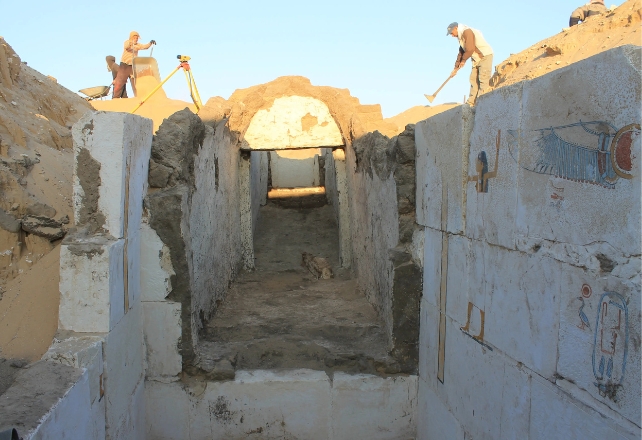
Seneb Kay was evidence for the wars of that time period. Ancient tomb raiders had pulled his body out of its burial site and left it in another chamber.
Centuries later, researchers examined the skeleton and found 22 traumatic wounds in his bones, including battle-ax blows that cracked his skull. They concluded he'd died in battle.
The walls of Seneb Kay's tomb were adorned with colorful paintings, including hieroglyphs of the king's name.

Then they discovered seven other undecorated tombs surrounding his, for a total of eight Abydos kings.
"We believed we had exhausted all the evidence until this last winter season at Abydos, where we began working in a new section of the site," Wegner said.
"Lo and behold, there's another one of these tombs which is much larger in size than the ones we had found previously."
Like Seneb Kay's tomb, this one was decorated with paintings – including hieroglyphs of the pharaoh's name.
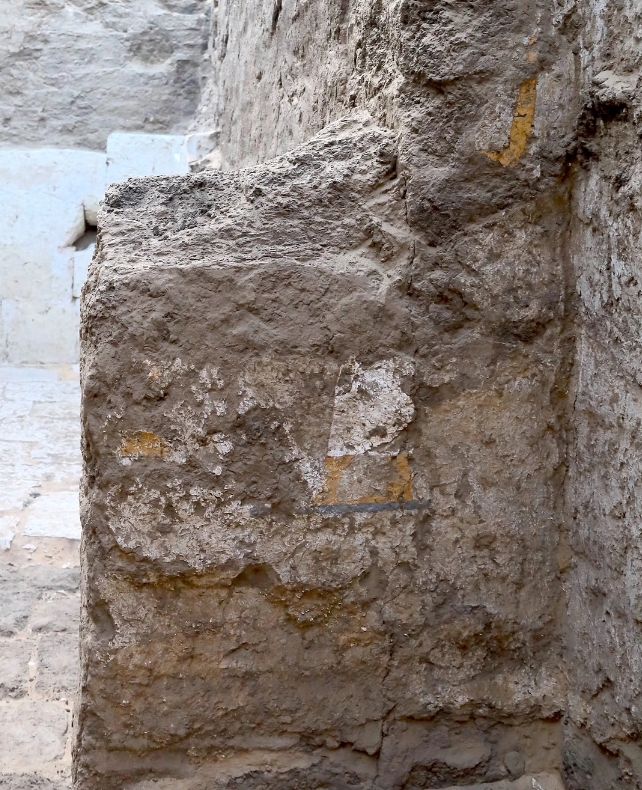
To Wegner's dismay, though, ancient tomb robbers had damaged the hieroglyph painting and made the name illegible.
"It was, of course, a little frustrating that we could see where his name had been preserved," Wegner said.
In the tomb, a series of chambers with 16-foot-high vaulted brick ceilings led to the limestone burial chamber.
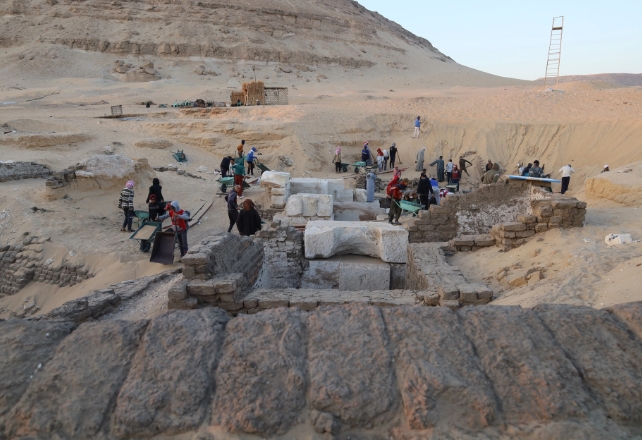
"It was such a large, impressive structure," Wegner said. He added that the size of the tomb and its vaults "may have ultimately drawn the tomb robbers to this location."
This pharaoh was probably a predecessor of Seneb Kay.
From small dedicated monuments in the region, Wegner knows of two Abydos kings who haven't been found yet, who could be the person in this new tomb. Their names are Senaiib and Paentjeni.
Wegner still hopes to confirm the new king's identity.
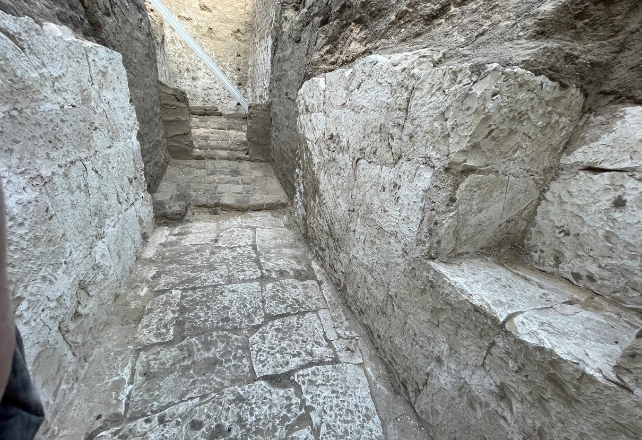
The archaeological team may find clues as it excavates the surrounding area. Wegner said they've finished excavating the tomb's interior since discovering it in January.
One detail gives him hope: They haven't yet found this mystery pharaoh's canopic jars, which store a mummy's organs.
Sometimes tomb robbers would grab and later discard canopic jars, Wegner said.
It's also common for such jars to feature the name of the mummified pharaoh. He hopes to find a fragment of one of those jars with this king's name.
"That would be an immediate positive identification," Wegner said.
Wegner plans to return to the site this summer for further excavation.
They have a "sizable area" where they want to keep digging, he said, both for further evidence from this tomb and to check for other tombs, too.
The Anubis Mountain area has yielded much more history than Wegner expected when he began working there in the 1990s.
"We've realized it's a full royal cemetery," he said, "like a Valley of the Kings."
This article was originally published by Business Insider.
More from Business Insider: